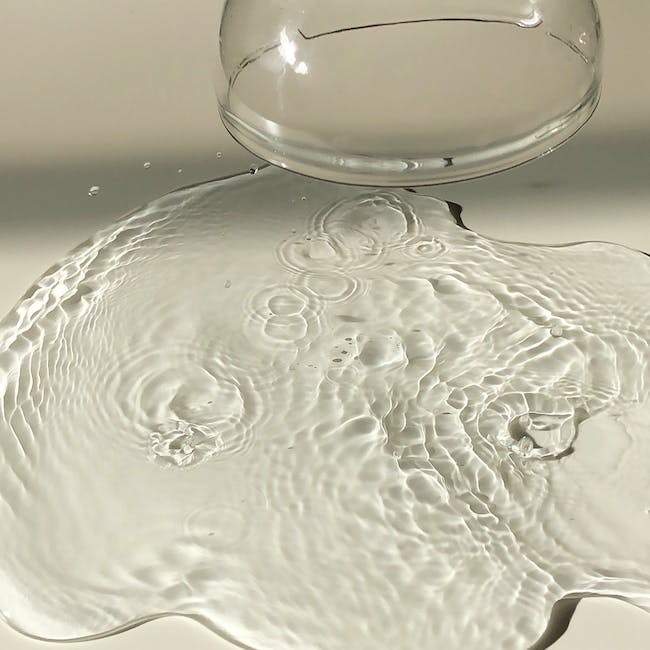Unveiling the Sweet Mysteries: What is Invert Sugar?
Are you on a quest to understand the sweeter intricacies of the culinary world? Perhaps you’ve stumbled upon a recipe calling for invert sugar and found yourself puzzled, or maybe you’re a food enthusiast eager to expand your knowledge. Whatever your reason, you’re in the right place. In this comprehensive guide, we’ll delve into the world of invert sugar, exploring its uses, benefits, and how it differs from regular sugar. Prepare to sweeten your knowledge as we answer the most commonly searched questions about this intriguing ingredient.
What Exactly is Invert Sugar?
The Science Behind Invert Sugar
Invert sugar, often found in professional kitchens and confectionery recipes, is a form of liquid sugar that you might not recognize by name but have certainly enjoyed in various treats. But what is it scientifically? Invert sugar is created through the process of hydrolysis, where sucrose (table sugar) is split into two simpler sugars—glucose and fructose—using an acid or enzyme. The result is a syrup that is sweeter than its original form due to the presence of free fructose.
Why is it Called Invert Sugar?
The term “invert” comes from the way this sugar affects polarized light. In a solution, sucrose rotates light to the right, but once inverted, the direction of light rotation changes to the left. This characteristic was a key method for chemists to identify different types of sugars, hence the name ‘invert sugar.’
The Benefits of Using Invert Sugar in Cooking and Baking
Enhanced Sweetness and Moisture Retention
One of the primary reasons chefs and bakers turn to invert sugar is its enhanced sweetness. Being approximately 20% sweeter than regular sugar, it allows for less sugar to be used in recipes. Additionally, invert sugar has a lower water activity than sucrose, which means it retains moisture better and can extend the shelf life of baked goods.
Improved Texture and Stability
- Prevents Crystallization: Invert sugar is less likely to crystallize than regular sugar, making it ideal for smooth ice creams and glossy icings.
- Enhances Fermentation: In baking, invert sugar can be used to feed yeast, promoting better fermentation and resulting in fluffier bread.
- Balances Acidity: Its ability to moderate acidity can be particularly useful in recipes with high acid content, such as fruit jams.
How is Invert Sugar Made?
The Process of Inversion
Creating invert sugar involves a simple chemical reaction. Typically, sucrose is dissolved in water and mixed with an acid such as cream of tartar or citric acid. The mixture is then heated to a specific temperature to encourage hydrolysis, after which it is cooled and can be used as a syrup or further processed into a dry form.
DIY Invert Sugar
For home cooks interested in making their own invert sugar, there are numerous recipes available online that guide you through the process with step-by-step instructions.
Invert Sugar vs. High Fructose Corn Syrup: What’s the Difference?
Composition and Production
While both invert sugar and high fructose corn syrup (HFCS) contain glucose and fructose, they differ in composition and production methods. HFCS, often used in processed foods, has a higher fructose content and is derived from corn starch, whereas invert sugar is made directly from sucrose.
Health Implications
The health implications of consuming high amounts of fructose have been widely debated. It’s important to understand the differences between these sweeteners and how they may affect your health.
Common Uses of Invert Sugar in the Food Industry
A Versatile Ingredient
Invert sugar’s versatility makes it a staple in many culinary applications. Here are some common uses:
- Confectionery: To prevent crystallization and create smooth textures in candies and chocolates.
- Beverages: To sweeten drinks while enhancing flavor and mouthfeel.
- Baked Goods: To retain moisture and extend shelf life in cakes, cookies, and pastries.
How to Incorporate Invert Sugar into Your Recipes
Tips for Home Bakers
If you’re eager to experiment with invert sugar in your own kitchen, here are some tips:
- Substitution: You can substitute invert sugar for regular sugar in many recipes, but adjustments may be needed due to its increased sweetness.
- Storage: Keep invert sugar in an airtight container to prevent it from crystallizing or absorbing moisture.
Conclusion: The Sweet Takeaway
Invert sugar may seem like a hidden gem in the culinary world, but its impact on the texture, taste, and quality of food cannot be overstated. Whether you’re a professional chef or a home baker, understanding and utilizing invert sugar can elevate your creations to new heights. From its scientific roots to its practical applications, we’ve uncovered the sweet secrets of invert sugar, providing you with the knowledge to enhance your culinary endeavors. So go ahead, sweeten your next dish with confidence and a touch of science!


